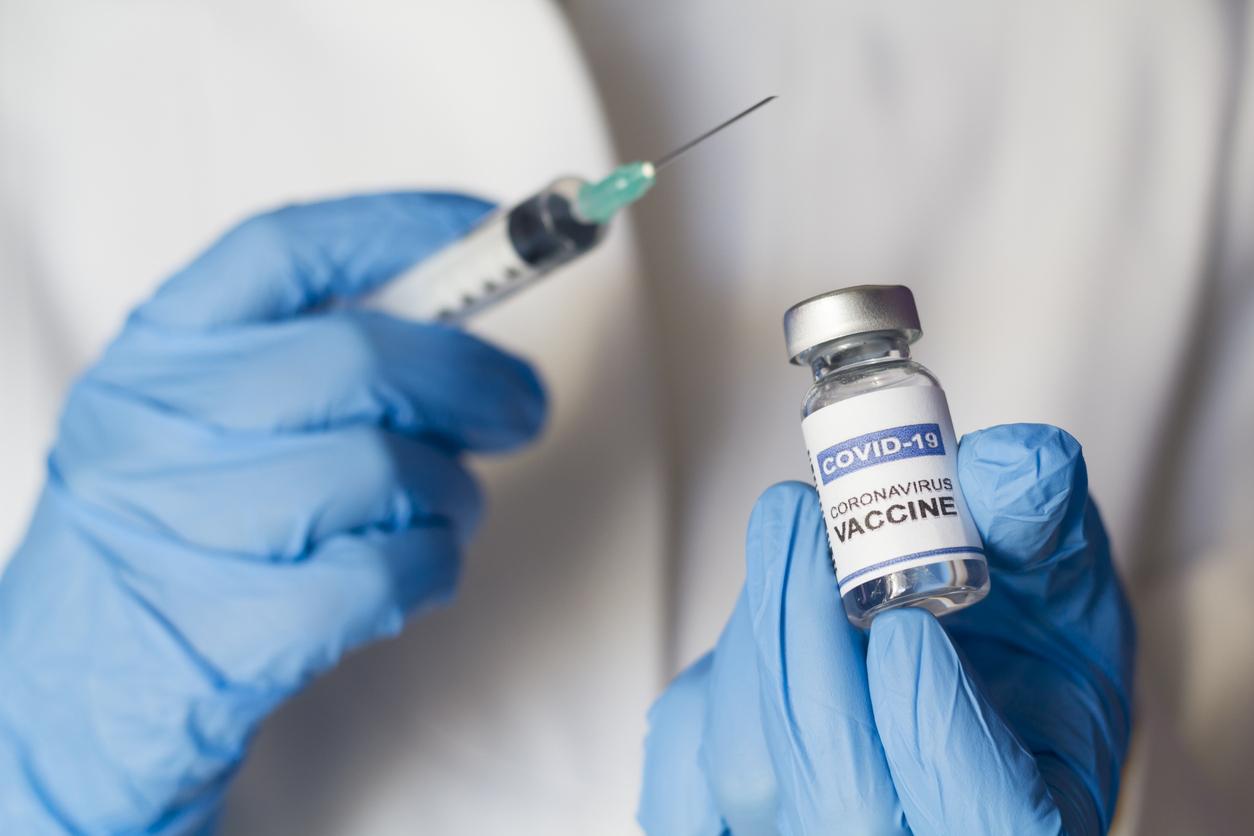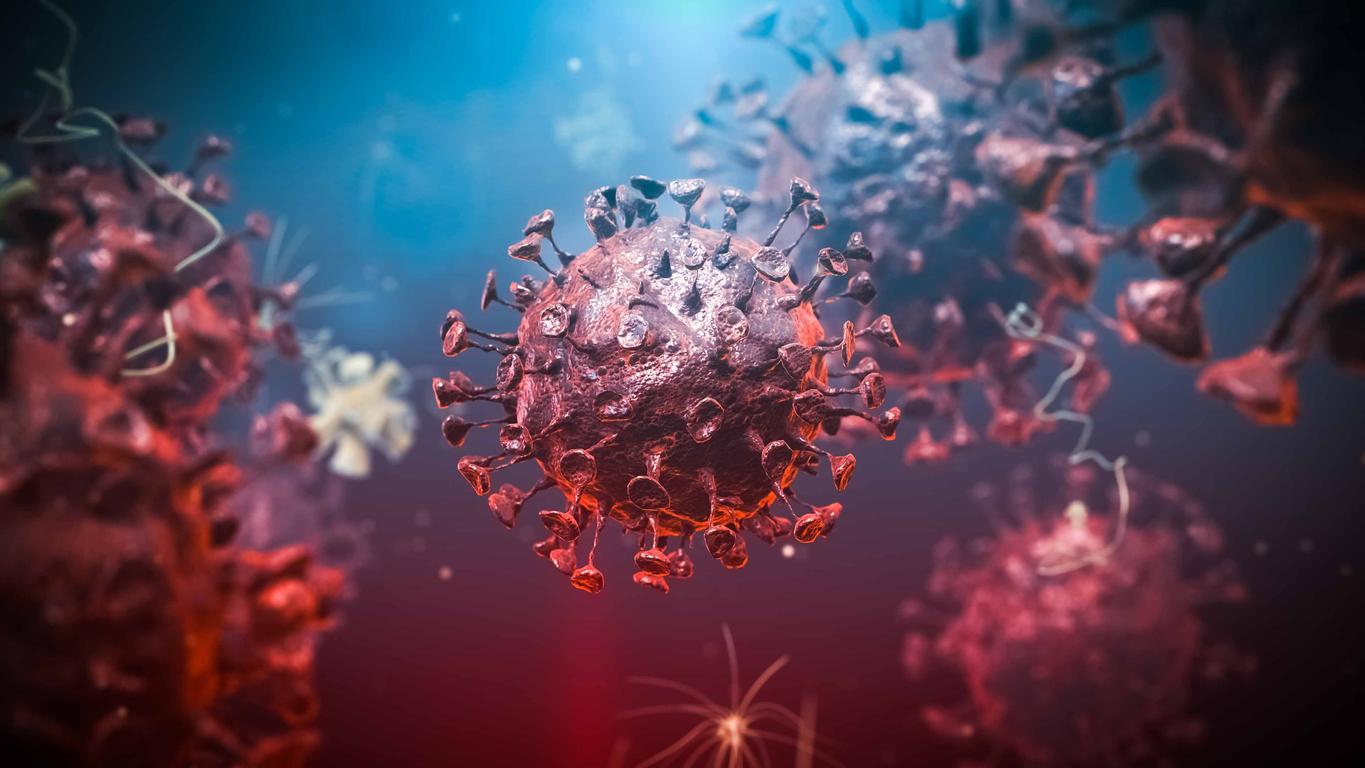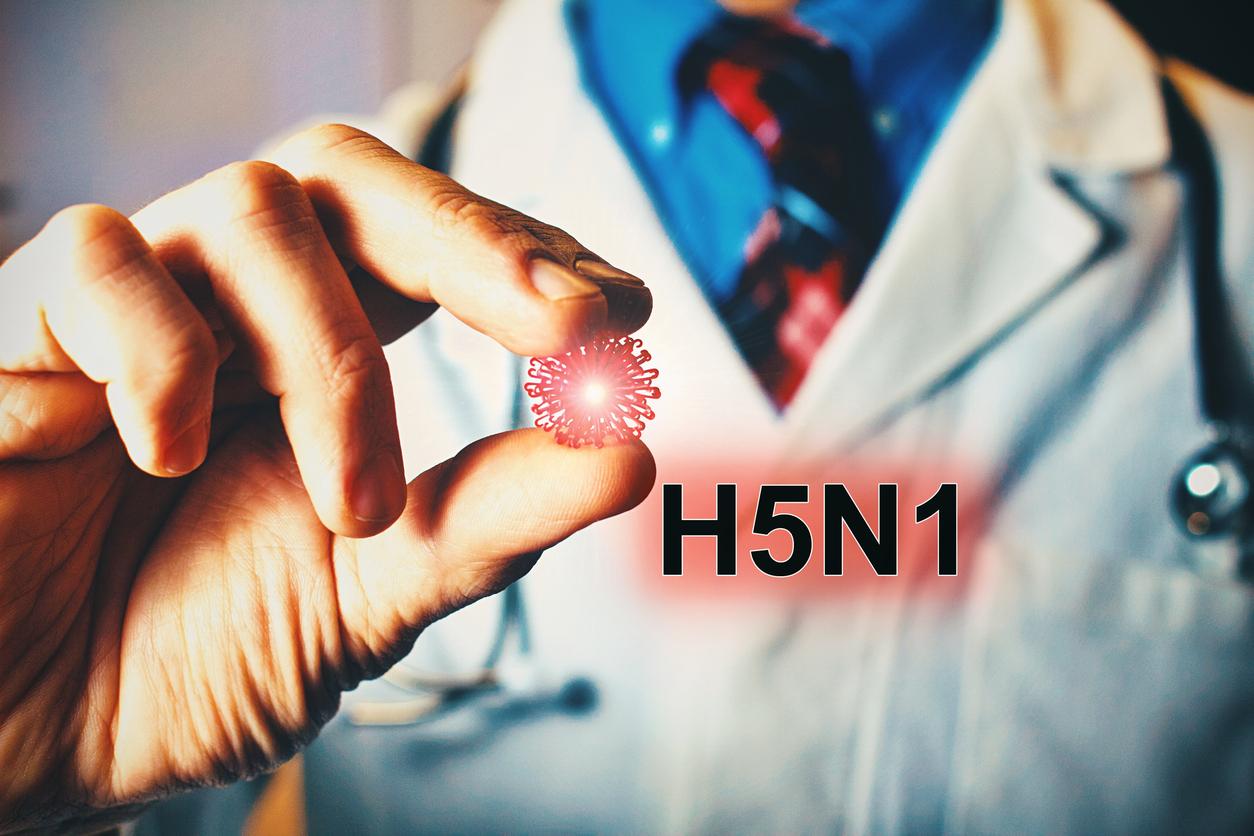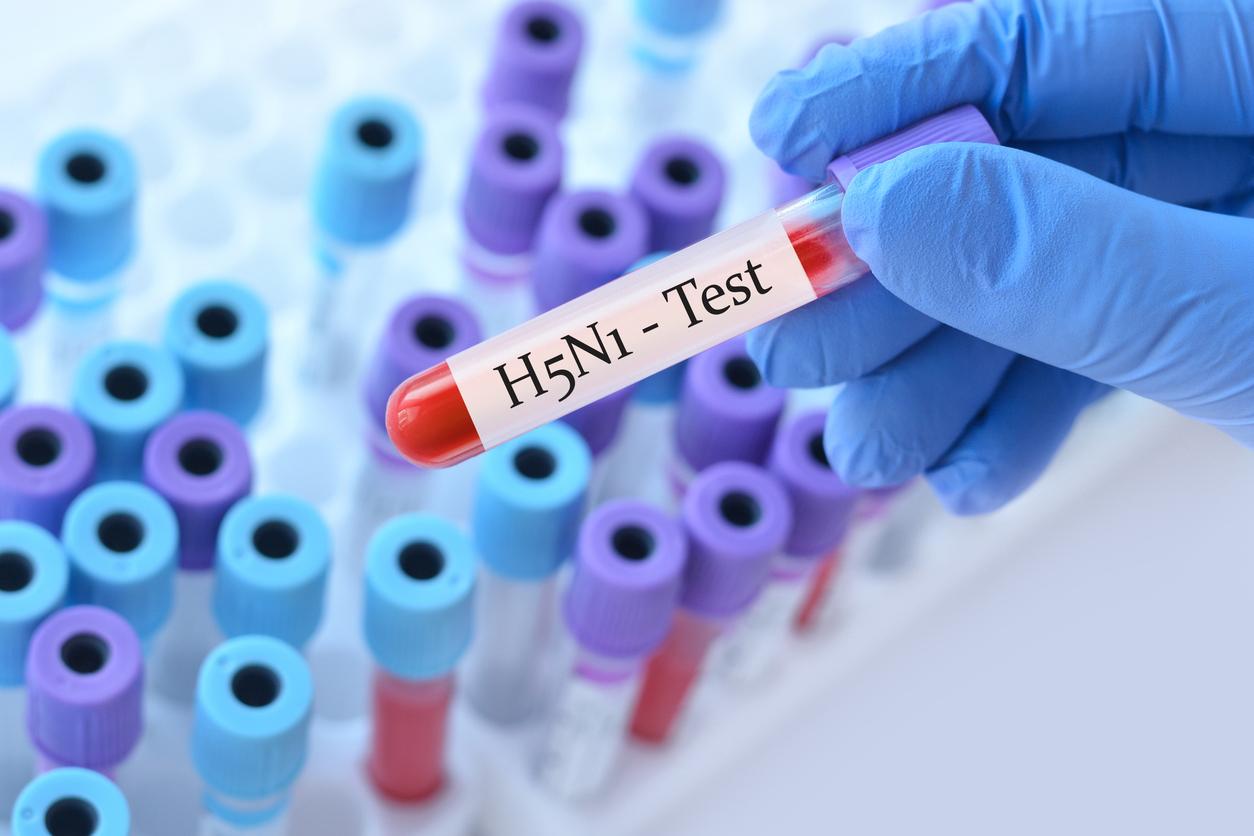Professor Didier Raoult mentioned a possible “overmutation” of Covid-19, indicating that this reveals a “degradation of organisms (of the virus)”. At the end of August, Olivier Véran declared that “no scientific proof” made it possible to affirm that mutations took place. Update on this debate.

- Didier Raoult observed seven mutations of the virus.
- A study published on July 2 looked at a mutation of the virus but did not deduce that it leads to less serious forms, contrary to what Professor Raoult asserts.
“There is not a single virus.” Didier Raoult said at the microphone of Classic Radio this Wednesday, September 9 the possibility of a “supermutation” of the novel coronavirus SARS-CoV-2. “We have detected seven mutants that circulated”, he added, explaining that he holds, in the IHU Méditerranée Infection, “much more data than anyone in the world.” The Marseilles researcher wants to be reassuring and explained that these mutations are rather good news. “The mutations we see are associated with the degradation of organisms (of the virus), he specifies. When it happens, it’s because it’s going badly for the beast.”
A resumption of the study not necessarily in line with its conclusions
This assertion on the mutation of the virus is not shared by all, in particular Olivier Véran. The Minister of Health said in August that there is no science to back it up. “I can understand the hope that some experts have for a less dangerous virus, but there is no scientific argument to support this theory, alas..” Other doctors have confirmed this announcement. “The story of a virus that would eventually be less virulent, therefore less transmissible or less serious, has been completely constructed.”, supported on August 24 at France Inter Karine Lacombe, head of the infectious diseases department at Saint-Antoine hospital in Paris.
The idea of a mutation of the virus making it less virulent but more contagious was born from the publication of a study on July 2 in the journal Cell. As a reminder, the mutation of a virus concerns a change in its genome. In the case of the coronavirus, a mutation has particularly interested researchers. This is the D614G mutation on Spike, now present in 69% of the sequences, which was first observed at the end of January in China before disappearing and then reappearing in March.
More specifically, this mutation modifies the structure of the S protein which allows the virus to bind to cell receptors. This modification would allow, according to this study, the virus to better infect cells and therefore to reproduce more quickly in the body. Regarding its dangerousness, the researchers did not observe any more severe clinical symptoms. “Contrary to what I have heard, it should not be deduced either that this mutation generates less serious forms”, tempered the author.
The fiercest mutations prevail
The mutation analyzed in this study is just one of many mutations that are inherent to the life of a virus. The researchers also noted 7,551 mutations at the time of their publication, a figure estimated to be rather low compared to other viruses. Moreover, when a mutation generates profound modifications on the implications of the virus, it is rather those which will increase its ferocity. “The only mutations that have a future are those that lead to an increase in pathogenicity. A mutation that would go towards a decrease can happen, but it would have no future”, explained Stéphane Gayet, infectious disease specialist at the Strasbourg University Hospital, to the Dispatch. Finally, the analysis of virus data reveals that countries such as France or Italy have almost only known this strain of the virus. These were also present in 80% of the known sequences of the virus at the end of May, again according to the study published in the journal Cell.

.

















